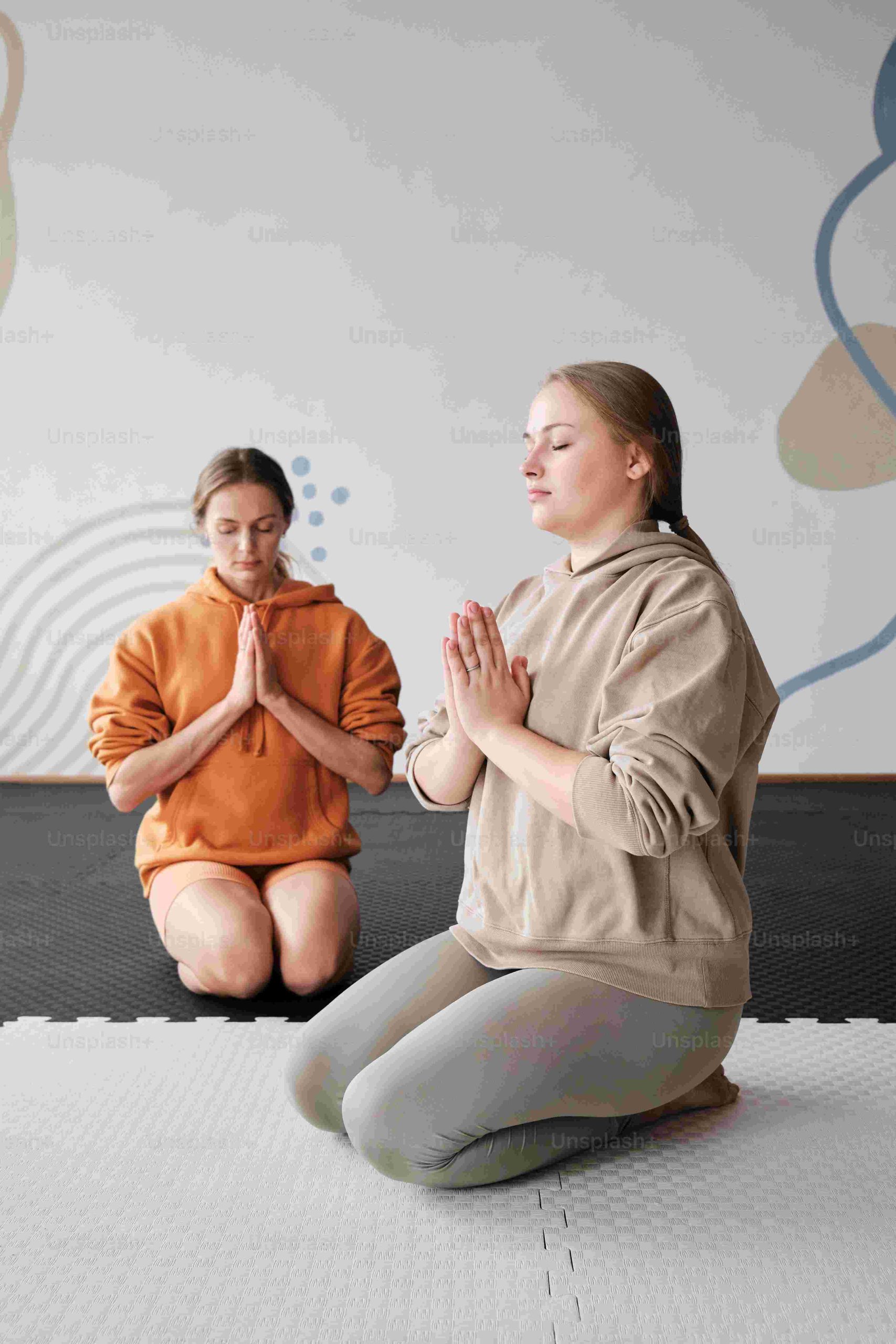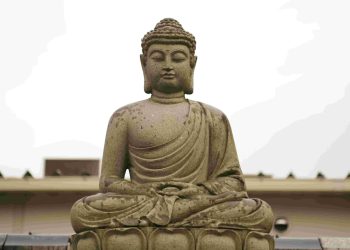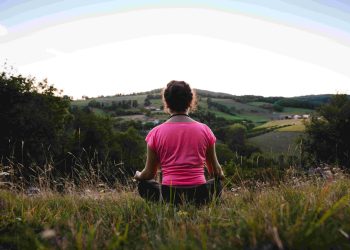Mastering Mindfulness: Exploring Effective Meditation Techniques
In today’s fast-paced world, the chaos of daily life often overwhelms us. We are constantly bombarded by notifications, deadlines, and the pressure to perform, leaving us yearning for tranquility. Meditation offers not only a refuge from this noise but a powerful tool for enhancing both mental and emotional well-being. Why do so many people attempt to meditate yet find it elusive? The answer lies not in the practice itself, but in our approach to it.
Personal Reflection: A Journey to Stillness
As someone who battled anxiety and restlessness for years, meditation seemed like an insurmountable challenge. I recall my first attempts to sit quietly; my mind raced through an endless loop of thoughts, worries, and distractions. But with time and commitment, I discovered that the true power of meditation lies in consistency and intention. Rather than treating it as a task on a to-do list, I began embracing it as a vital aspect of self-care. This shift in perspective enabled me to uncover the broader societal implications of mindfulness, emphasizing the growing need for mental health awareness and the importance of cultivating emotional intelligence in our increasingly demanding environments.
Questioning Conventional Wisdom
Traditionally, meditation has been condensed into rigid frameworks and expectations. Many believe you must sit in silence for hours or adopt complex rituals to achieve a meditative state. However, this notion deserves scrutiny. Meditation can be an everyday practice, integrated into our routines and diverse lifestyles. By challenging the idea that meditation is only for yogis and gurus, we open the door to a more inclusive understanding that recognizes everyone’s unique challenges and circumstances.
Cross-disciplinary Insights
To deepen our understanding of meditation, we can draw insights from psychology, philosophy, and even technology. For instance, psychological studies highlight the neuroplasticity of the brain; meditation enhances our capacity to respond to stressors and manage our emotions. Philosophically, traditions like Stoicism teach us the value of observing rather than reacting—a skill refined through meditation. Additionally, in today’s digital age, applications designed to assist with guided meditations present the fusion of technology and mindfulness, making the practice more accessible than ever before.
Future Trends in Mindfulness
Looking ahead, the field of meditation is evolving. The workplace is progressively recognizing the benefits of mindfulness, leading to integrated wellness programs aimed at enhancing employee satisfaction and productivity. Moreover, as mental health continues to gain acknowledgment, brands and organizations are adopting mindful practices, indicating a societal shift towards prioritizing emotional resilience. The future may very well see meditation becoming a staple skill in education, equipping future generations with the tools to navigate an ever-changing landscape.
Practical Steps for Effective Meditation
To harness the transformative potential of meditation, consider the following actionable steps:
-
Start Small:
Dedicate just five minutes a day to meditation. Gradually increase this time as you feel comfortable. -
Create a Dedicated Space:
Designate a quiet area in your home where you can meditate free from distractions. -
Experiment with Techniques:
Explore various types of meditation, such as mindfulness, loving-kindness, or guided. Find what resonates most with you. -
Utilize Technology:
Leverage meditation apps like Headspace or Calm, which offer structured guidance and a wealth of resources. -
Practice Regularly:
Consistency is key. Aim for daily practice, even if it’s just a few minutes. -
Engage the Senses:
Incorporate elements like soothing music or aromatherapy to enhance your meditation experience.
The Power of Metaphor
Think of your mind as a turbulent ocean—waves of thought crashing violently, creating chaos. Meditation acts as the calm beneath the surface, allowing you to dive deep, past the choppiness, into still waters. This mental imagery can serve as a grounding metaphor, helping you visualize the serenity that await you underneath the busyness of daily life.
A Commitment to Lifelong Growth
Embracing meditation is not merely about achieving a temporary state of calm; it is a commitment to lifelong learning and self-education. As we delve deeper into our practice, we discover the layers of our thoughts and emotions, leading to richer self-awareness. Every meditation session serves as a compass, guiding us towards better understanding our motivations, fears, and joys.
Taking Action: Your Mindful Journey
With this newfound knowledge, I urge you to delve into your mindful journey. Shadowing the practices of others is just the beginning—allow yourself to carve out your unique path. Share your experiences with friends, start a meditation group, or blog about your progress. Every action—big or small—adds to the collective shift towards a more mindful society. Remember, questioning established norms fuels evolution, and your personal practice contributes to this greater discourse.
Embracing Critical Thinking
In navigating the world of meditation, maintain a critical mindset. Recognize that not every method will work for everyone, and be open to revising your approach as you evolve. Meditation is not a one-size-fits-all solution; it is an exploration, richly interwoven with personal discovery. Critically evaluating what works best for you leads to a more fulfilling and dedicated practice.
Echoing the Beginning
Just as we began our exploration with the tumult of modern life, we circle back to the impact of meditation in finding peace amidst chaos. Armed with new insights, practical steps, and an encouraging mindset, you have the tools to embark on this transformative journey. Let these reflections serve as your guiding light, illuminating the serene path which lies beneath the surface noise of everyday existence.










